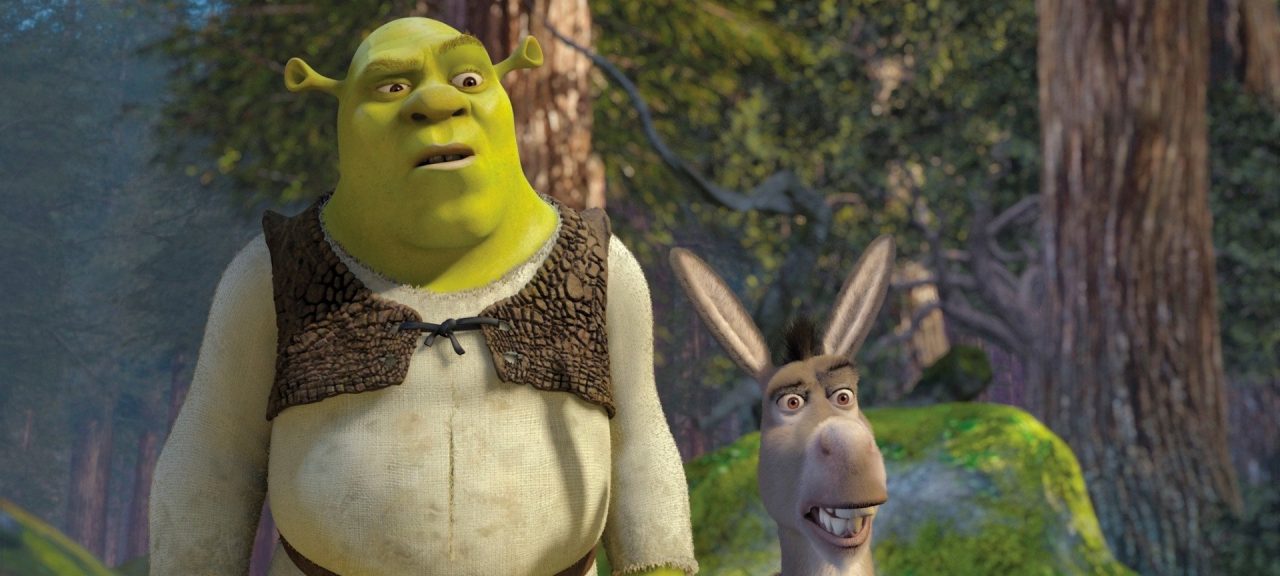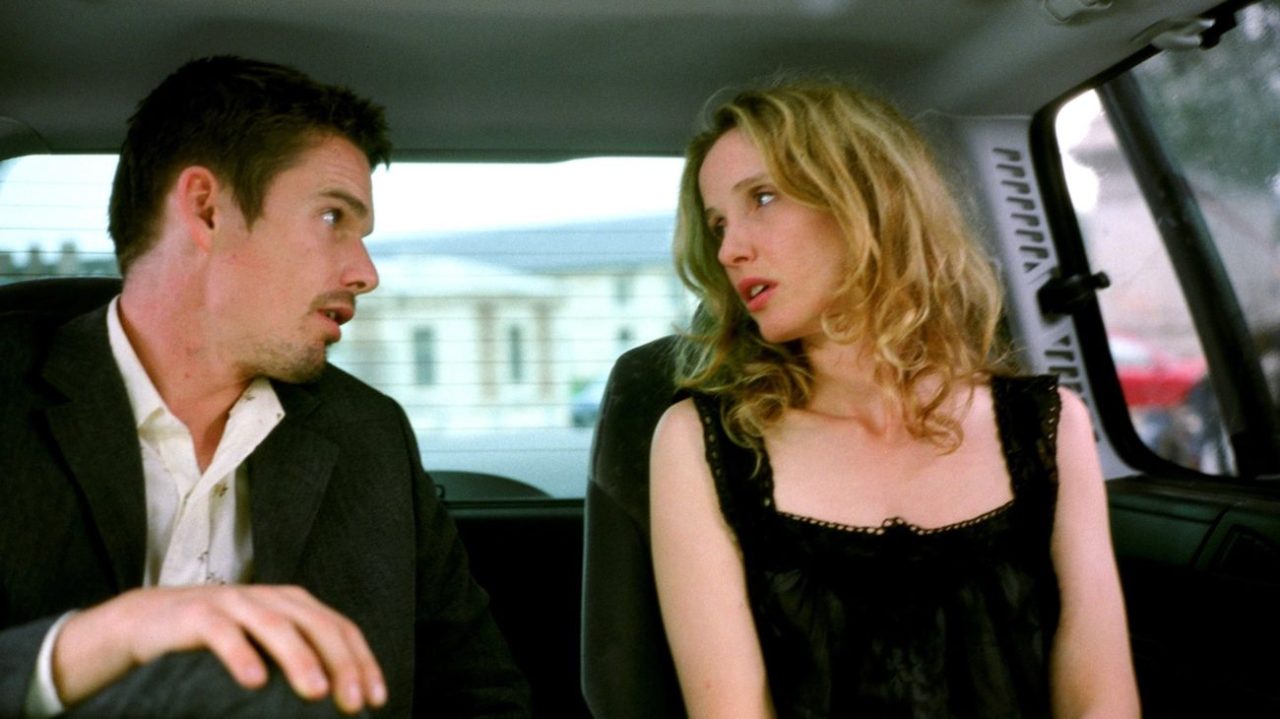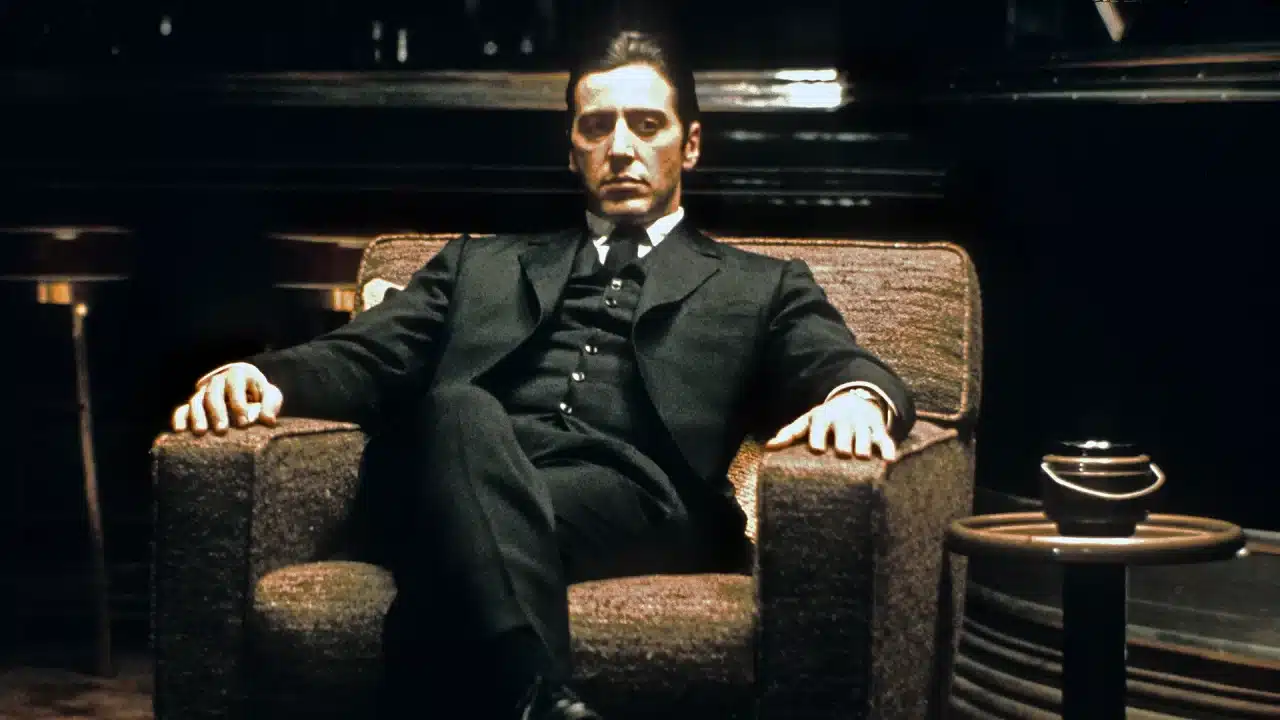Whether we like it or not, a list pertaining to film sequels would be topical nowadays no matter what time of year it’s published; we’re currently living through an unprecedented moment in film history when Hollywood has bankrupted itself of creative ideas, draining the well on every single I.P. they can get their hands on. It’s not a new phenomenon, however, as sequels have been an unavoidable piece of the filmmaking puzzle since King Kong got a half-assed follow-up within the same calendar year. The situation isn’t all doom and gloom—while virtually all sequels are made with the intent of cashing in on a previous success, there are those rare sequels that make a concerted effort to expand upon and improve their existing templates. Whether they outdo their predecessors or stand toe-to-toe with them, with another high profile sequel in Gladiator II on the horizon, here are the Top 5 Movie Sequels of All Time.
Honourable Mentions:
Despite the justifiably poisonous reputation that follows the concept of movie sequels these days, there’s a fair share of options that could’ve filled out this top 5; so many, in fact, that we’re bound to forget more than a handful even in the honourable mentions. To breeze through the ones that come to mind first:
The Toy Story sequels (all of them), Paddington 2, Terminator 2, Before Midnight, Mad Max: Fury Road, 22 Jump Street, The Raid: Berendal, Skyfall, Indiana Jones and the Last Crusade, Kung Fu Panda 2, Spider-Man 2, Aparajito and Apur Sansar. Apologies for any of the obvious choices we neglected to mention (unless you’re wrong and they’re just overrated).
5. Shrek 2 (2004)

Starting off strong! In the quest to unpack which film sequels are both improvements on their originals and are masterpieces in their own right, Shrek 2 fits nice and snugly into the Venn diagram. Building off the pop culture phenomenon of its predecessor and filling out the gaps in both characterization and more layered humour, Shrek 2 takes the dry wit of the first film and expands upon it without every becoming a cynical critique of itself. Nor does the film sell out and become a lowest-common-denominator crowd-pleaser, either, allowing itself the room to continue to poke fun at its fairy tale conventions while simultaneously presenting a genuinely loving depiction of its cast of eccentric characters. For those who’d say that such a “children’s” film is unworthy of a place here, I ask you this: How many of your favourite sequels competed for the Palme d’Or? Exactly…
4. Before Sunset (2004)

The problem most cash-grab sequels face is that they essentially become a more bloated instance of “more of the same.” Before Sunset, the sequel to Richard Linklater’s Before Sunrise, follows this path in that it has virtually the same blueprint as that film: Ethan Hawke and Julie Delpy meet in Europe, walk around all day exhibiting dynamite chemistry, and melt your heart with their adorkable mid-20s insights. What makes Before Sunset so special, though, is just how much Linklater and his stars (who, unlike the first time, share screenwriting duties) manage to flesh out this central dynamic to make these fleeting moments the stuff of genuine heartache. Much like its own sequel Before Midnight, this middle chapter brings enough texture to Jesse and Céline’s saga of delicate romance to be an instrumental component of their warm cycle of daylight.
3. The Dark Knight (2008)

Now we move towards cliché territory. That Christopher Nolan’s Batman Begins was a strong but noticeably flawed addition to the Caped Crusader’s mythos inherently meant that there was a possibility for improvement with its sequel, but few, if any, could anticipate quite how The Dark Knight rolled in and completely obliterated the existing landscape of sequels, blockbuster cinema and superhero films as a whole. One of the few superhero films that will likely never be embarrassing to admire well into adulthood, Nolan’s detailed crime investigation film never looks down on its comic book roots, but takes those seeds and blossoms into a technically and narratively pristine piece of intelligent populist cinema (more and more of an oxymoron with each passing Deadpool film). And all that is to say nothing of Heath Ledger’s iconic supporting performance, the perfect encapsulation of the eclipsing power held by The Dark Knight.
2. The Godfather: Part II (1974)

Which do you prefer: The Godfather or The Godfather: Part II? Regardless of your answer, one thing stays the same, which is that Francis Ford Coppola’s unexpected (and unexpectedly seminal) sequel to his landmark gangster film certainly ranks pretty highly among the best sequels ever committed to celluloid. Looking back just as much as it looks forward, The Godfather: Part II ingeniously frames moral downfall of Michael Corleone against the rise of his father Vito in early 20th century New York—the end result is a film of boundless psychological fascination to go along with the epic scope of familial melodrama. Where every person involved is firing on all cylinders, The Godfather: Part II exhibits unparalleled highs in just what storytelling can accomplish on the big screen.
1. Blade Runner 2049 (2017)

Surely more of a hot take than it should be, Denis Villeneuve’s long-gestating follow-up to Ridley Scott’s classic Blade Runner is more than worthy of the incredibly high standards that 1982 film had set. The sequel has, since its 2017 release, divided fans of the first, with some proclaiming it as a vast improvement on its classic antecedent, and others taking that notion as outright sacrilege. (Worth noting in this respect is that this is the only film on our list that wasn’t directed by the same person who made the prior film.) A masterclass in visual effects, pacing and thematic expansion upon the questions of what it means to have a purpose, Blade Runner 2049, for our money, vastly outmatches Scott’s impressive establishment of this textured universe, imbuing its layered universe with a deeper interest in its subjects and, consequently, the frigid shell of a world they inhabit. Villeneuve’s respect for the existing material doesn’t hold him back, but instead motivates him to pay tribute in the only way he knows how: through wholesale improvement. And just like that, tears in the rain become sobs in the snow…
Don’t forget to follow us on Twitter or Instagram or like us on Facebook.
Discover more from
Subscribe to get the latest posts sent to your email.
